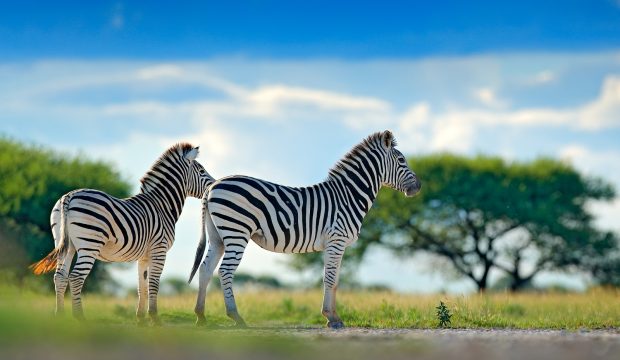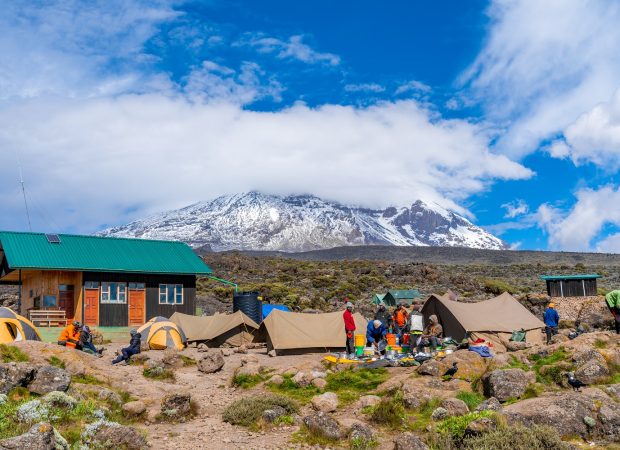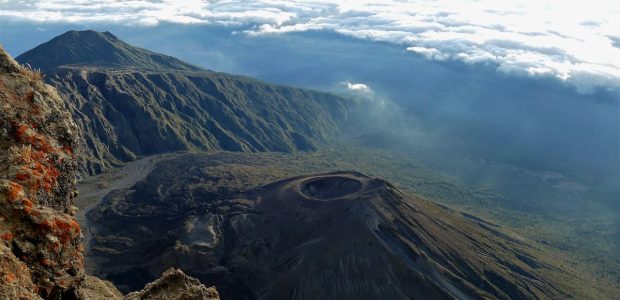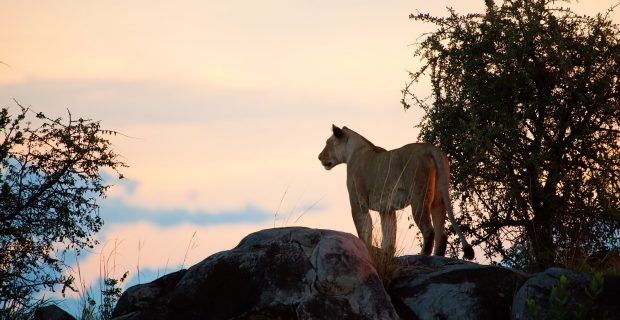7 Days Machame Route
Tour Overview
Embarking on a Kilimanjaro expedition via the Machame Route offers an extraordinary adventure, leading trekkers to the iconic Uhuru Peak, the highest point in Africa at 5,895 meters (19,341 feet) above sea level. The Machame Route, also known as the “Whiskey Route,” is renowned for its challenging terrain and stunning vistas, guiding you through diverse landscapes. This 7-day journey promises an unforgettable experience as you traverse lush rainforests, heather-covered moorlands, and rugged alpine deserts before reaching the summit. Here’s a day-by-day itinerary, arrival, and departure details to guide you through this remarkable trek.
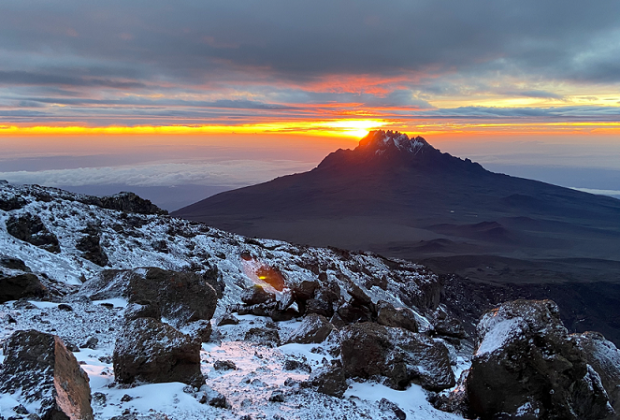


Day 1: Arrival at JRO
Your Kilimanjaro adventure commences with your arrival at Kilimanjaro International Airport (JRO). Upon touchdown, our experienced team will extend a warm welcome to Tanzania, the starting point of your expedition. A seamless transfer will transport you to your accommodation in Arusha, where you’ll have the chance to rest, acclimate, and participate in a thorough pre-climb briefing to ensure you’re fully prepared for the journey ahead.
Day 2: Machame Gate (1,490m) to Machame Camp (2,980m)
Your Kilimanjaro odyssey begins at the Machame Gate (1,490 meters or 4,888 feet). On this initial day, you’ll register, meet your experienced guides, and join fellow trekkers. The trail takes you on a captivating 3 to 4-hour hike through the enchanting rainforests, where you’ll encounter unique flora and fauna. Your first night will be spent at the Machame Camp (2,980 meters or 9,777 feet).
Day 3: Machame Camp to Shira Camp (3,840m)
On Day 3, the adventure continues as you depart from Machame Camp and ascend to the Shira Plateau. This leg of the journey, lasting 4 to 6 hours, guides you through heather and moorland, offering magnificent views of the Shira Cathedral. Shira Camp (3,840 meters or 12,598 feet) awaits you for your overnight stay.
Day 4: Shira Camp to Barranco Camp (3,950m)
Day 3 presents an exciting challenge as you conquer the Barranco Wall, a thrilling rock scramble. Afterward, you’ll traverse the alpine desert terrain, reaching an elevation of 4,600 meters (15,092 feet) before descending to Barranco Camp (3,950 meters or 12,959 feet). This day’s hike spans 5 to 7 hours.
Day 5: Barranco Camp to Karanga Camp (3,995m)
The day commences with the conquest of the Barranco Wall, an exhilarating rock scramble. As you traverse the rocky landscape, you’ll ascend towards Karanga Camp (3,995 meters or 13,107 feet), nestled in the alpine desert. Hiking time on this day is approximately 3 to 4 hours.
Day 6: Karanga Camp to Barafu Camp (4,673m)
On Day 6, you’ll trek through rocky and barren terrains, steadily ascending toward Barafu Camp (4,673 meters or 15,331 feet). This camp, nestled in the alpine desert, serves as your final base before the summit push. The hike will take around 4 to 5 hours.
Day 7: Summit Day - Barafu Camp to Uhuru Peak (5,895m) and Mweka Camp (3,100m)
The most exhilarating day begins as you embark on the summit attempt. You’ll either rise late on Day 6 or early on the following day, depending on your pace. The ascent will take you through challenging scree slopes and past the mesmerizing Gilman’s Point (5,681 meters or 18,638 feet) on the crater rim.
Finally, you’ll achieve your goal at Uhuru Peak (5,895 meters or 19,341 feet), the highest point in Africa, where you’ll savor the moment of triumph. Afterward, commence the descent to Mweka Camp (3,100 meters or 10,170 feet).
Day 8: Mweka Camp to Mweka Gate (1,640m) and Departure
The final leg of your incredible journey takes you from Mweka Camp to the Mweka Gate (1,640 meters or 5,381 feet). Here, you’ll receive a well-deserved summit certificate as a testament to your determination and spirit.
Your adventure concludes with a transfer back to Arusha, where you can reminisce about your Kilimanjaro conquest before your departure from Kilimanjaro International Airport (JRO). This journey will etch the splendor of Mount Kilimanjaro into the tapestry of your life, leaving an indelible mark.


